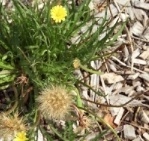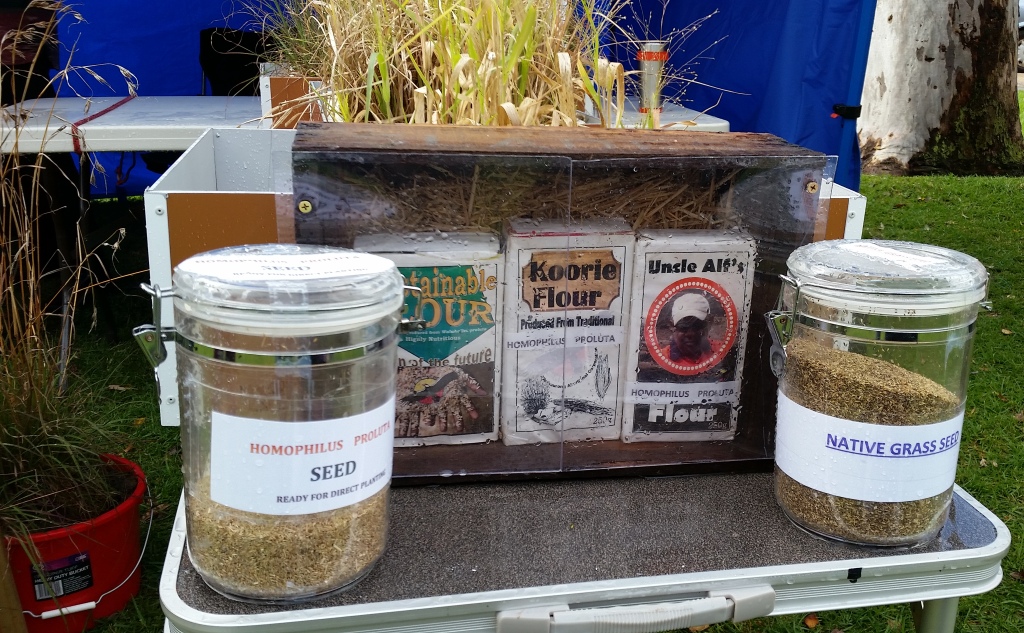Bundjil | Land cultivation | Shelter | The Bunyip | Weapons and utensils | Willem Baa Ni ip | Dan Dan Nook | You Yangs | Barwon River | Lara | Bells Beach
Did you know … it is a misconception that Aboriginal people did not farm or did little or nothing to change their environment?

The Indigenous cultures of Australia are the oldest uninterrupted cultures in the world, which perhaps goes some way to explain the sophisticated responses by Aboriginal and Torres Strait Islander people to live in balance and harmony in Australia’s many varied environments. It is a misconception that Aboriginal people did not farm or did little or nothing to change their environment.
For thousands of years, the local Aboriginal people – the Wathaurong- conscientiously managed their land in a fully sustainable way, working with nature.
For example, the Wathaurong women systematically collected and cultivated highly nutritious root vegetables (e.g. yam daisies - English;
Wathuarong - murnong; Latin: microseris lanceloata), which grew in abundance until the millions of sheep and cattle destroyed them in a matter of a few years. After leaving enough tubers to enable future pickings, the women promoted the next year’s harvest by tilling and aerating the soil with their digging sticks.The soil was fertilised by the ash caused by the technique called ‘firestick farming’ where controlled autumn (around April) fires were lit in a mosaic fashion. This highly sophisticated technique, carried out by Wathaurong men, not only produced the vast grasslands, which the Europeans thought occurred naturally, but also promoted the best conditions for native plants and game to thrive. Firestick farming also minimised the risk of the damaging summer wildfires that occur all too often today.
Provided by Uncle David Tournier
Wurdi Yuang is looking into developing grass-based foods.
Wurdi Yuang Grass and Flour

